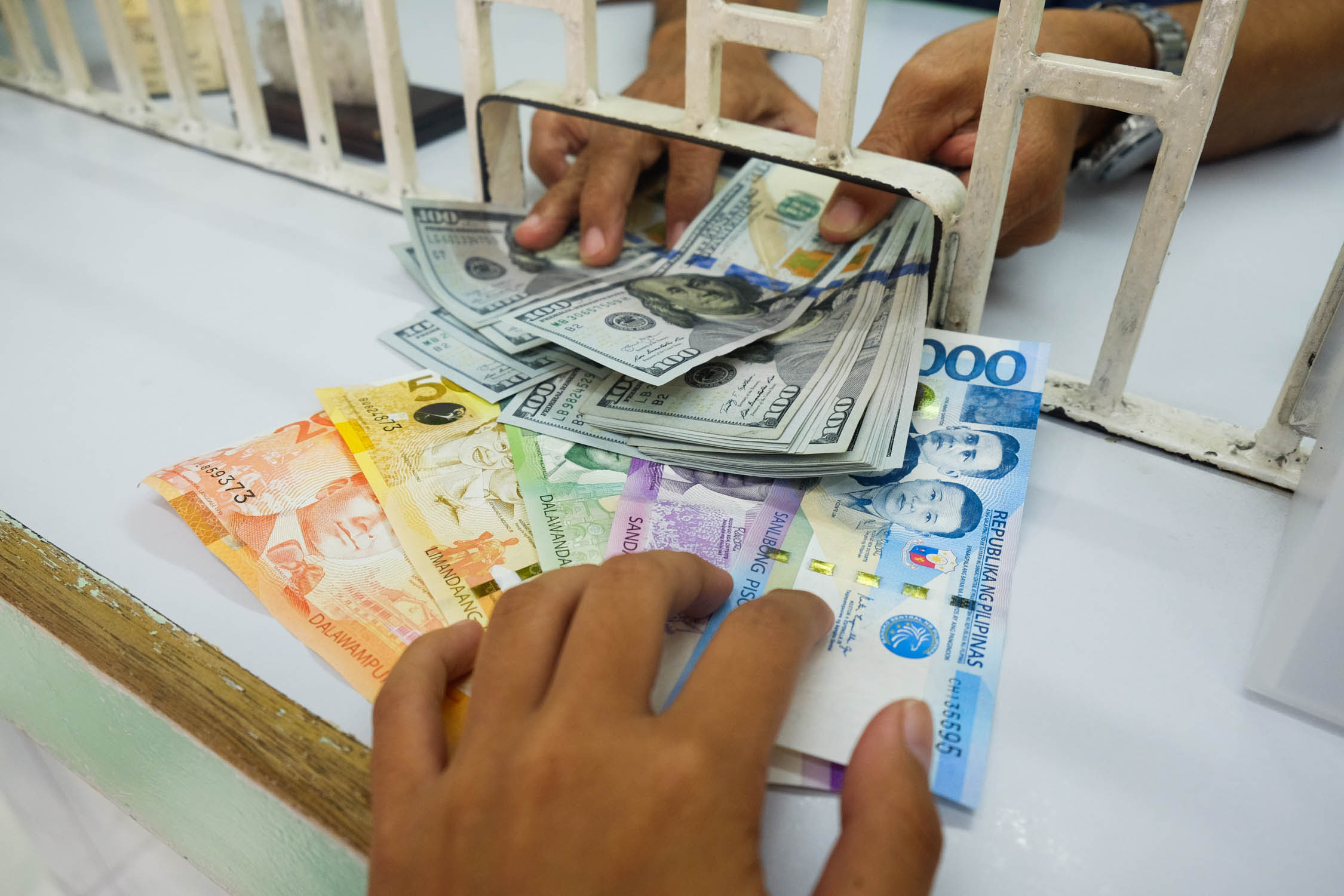June PH dollar reserves dip as BSP defends peso
The Philippines’ dollar reserves inched down in June, partly due to foreign exchange interventions of the Bangko Sentral ng Pilipinas (BSP) to soothe the peso’s volatility.
Data released by the BSP showed that the country’s gross international reserves (GIR) stood at $104.70 billion in June, slightly lower than the $105.02 billion recorded in May.
Similarly, the net international reserves—or the difference between the GIR and liabilities like short-term foreign debt and loans from the International Monetary Fund (IMF)—decreased by $290 million month-on-month to $104.69 billion in June.
As the term connotes, the GIR serve as the country’s buffer against external shocks. The BSP’s reserve assets consist of foreign investments, gold, foreign exchange, reserve position in the IMF and special drawing rights.
By convention, GIR is viewed to be adequate if it can finance at least three months’ worth of the country’s imports of goods and payments of services and primary income.
Sharp fall of the peso
The reserves are also considered adequate if they provide at least 100-percent cover for the payment of the country’s foreign liabilities—both from the public and private sectors—falling due within the immediate 12-month period.
The central bank attributed the June decline to repayment of old external debts of the government and cheaper global prices of gold that affected the BSP’s own holdings. Data showed the GIR components that posted the largest month-on-month drop were foreign exchange holdings (-17.8 percent) and gold holdings (-1.1 percent).
But Governor Eli Remolona Jr. said “some” of the decrease in the reserves was also due to the central bank’s efforts to prop up the peso.
“As I said before, we don’t want the peso to depreciate very sharply. We don’t have a target level for the peso. We just don’t want it to depreciate sharply,” Remolona told reporters.
During the last monetary policy meeting in late June, market watchers had expected the local currency to depreciate closer to the record-low 59 after Remolona struck a very dovish tone and gave clearer hints of a rate cut in August that would likely happen ahead of the US Federal Reserve.
But what seemed to be a forceful intervention by the BSP prevented a sharp fall of the peso, which has now managed to reverse some of its losses in the previous months. The central bank can avert a sharp currency depreciation by selling some dollars in its reserves.
As it is, the end-June GIR level was still among two-year highs, giving the BSP enough ammunition to defend the peso from speculative attacks.
The buffer funds were also enough to pay for 7.7 months’ of the country’s import needs, about 6.1 times the country’s short-term external debt based on original maturity and 3.8 times based on residual maturity.
The BSP forecasts the GIR to end the year at a comfortable $104 billion. INQ

